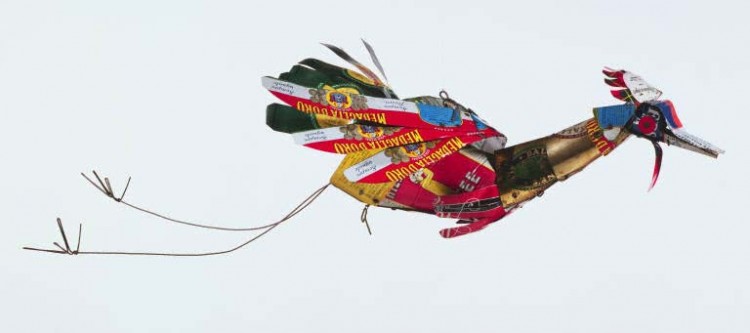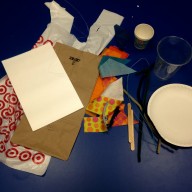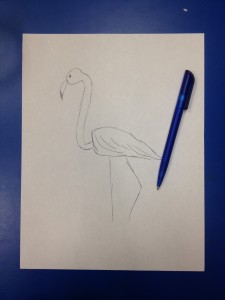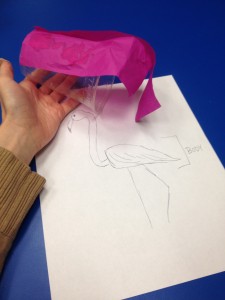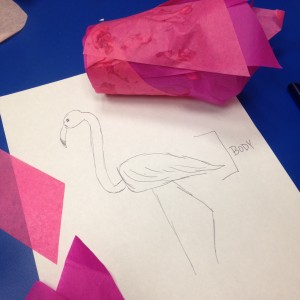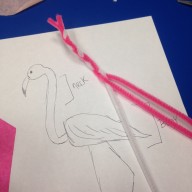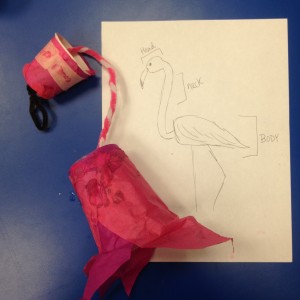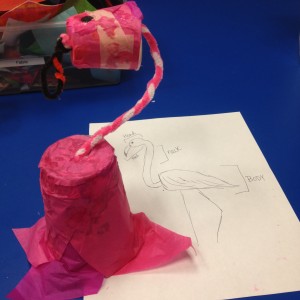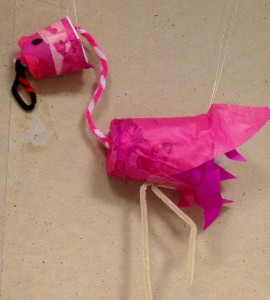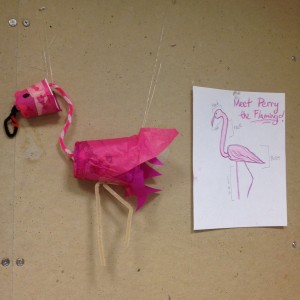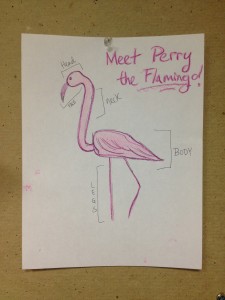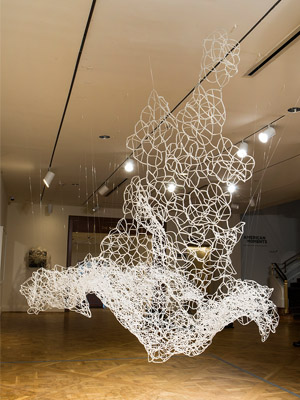In preparation for his upcoming performance in Dupont Circle, The Phillips Collection asks performance artist Jefferson Pinder questions about the event and his work at large. See Part 1 here.
These questions largely focus on your performance art. Have you or do you work in other mediums?
JP: Yes, I am an interdisciplinary artist. I create sculptures and objects, paintings and collages. An older worker of mine titled Capsule(Mothership) is being installed in the new National Museum of African American History and Culture.
How has your work changed over the years?
JP: I started my performance practice solely using my body. Over the last five years or so, I’ve begun to remove my body from the picture and now I primarily work with other performers. I got fatigued of looking at myself in my video work and I discovered that I could see my work better if I stepped away from the center. Not to say that I do not perform anymore—I do—but now I’m content with directing the action.
Are there any artists, art historical or otherwise, who inform your work?
JP: I am first and foremost informed by my mentor Dr. David Driskell. I feel fortunate to have his presence in my practice. I am a fan of William Pope.L and Bruce Nauman. In a strange way I am repulsed and attracted to Vanessa Beecroft and Matthew Barney. I like how the body plays an essential role in their work. I think Beecroft has gone off the deep end with her recent work, but I am inspired by her early pieces. I also find Francis Alÿs‘s work of great inspiration recently. I’ve been following him for years but most recently saw a show in Mexico. It was incredible.
How will this iteration of the performance differ from the original performance in 2014?
JP: Well, a lot has happened since the last time this piece was performed. In November of last year, people were still trying to figure out what would be the aftermath of Michael Brown’s murder. The Lionz of Zion and I really sought to physicalize a lot of the actions that took place in Ferguson. The performance was seeking to bring some of the actions closer to home. Since then, we’ve dealt with uprisings in our own area. We are excited to add some new elements in the piece that extend the conversation to include Freddie Gray and Eric Garner as well.
Your work is both emotionally and politically charged. What do you hope viewers walk away with?
JP: I hope the viewers will walk away thinking about the power of the uprisings over the last year. I hope they will have a deeper appreciation for breakdancing as an art form, in particular how it can fit into contemporary performance art models. I hope this performance will open up an understanding about movement and the potential that breakdancing has to be a political genre of expression.


